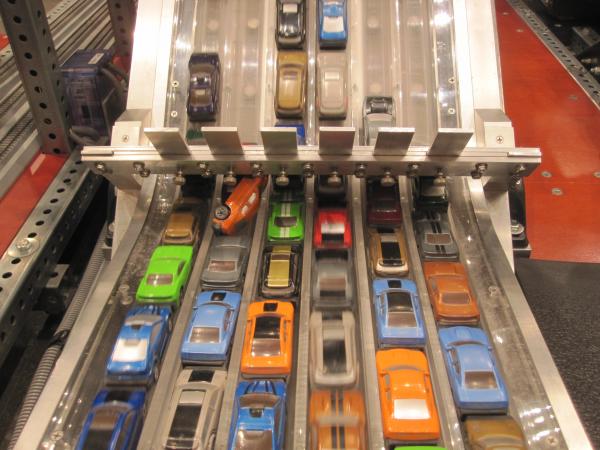As one of four Kinetic Sculpture Technicians at LACMA, my job is to make sure that the largest kinetic artwork we have on display, Metropolis II by Chris Burden, is running just as the artist intended for the public to enjoy. If you have gotten a chance to visit Metropolis II in person, you might have noticed someone like myself standing inside the sculpture while it was “activated,” keeping a close eye on all of the moving components, including the gears, conveyor belts, miniature cars, trains, and trolleys. When it is time for both the sculpture and the technician to take a break, I power down the trains, trolleys, and conveyors, crouch down very low, and carefully get out. An observant and curious patron almost always asks, “What are you doing in there?” or “What happens when a car falls off?” (Yes! Cars zoom off the sculpture from time to time!)
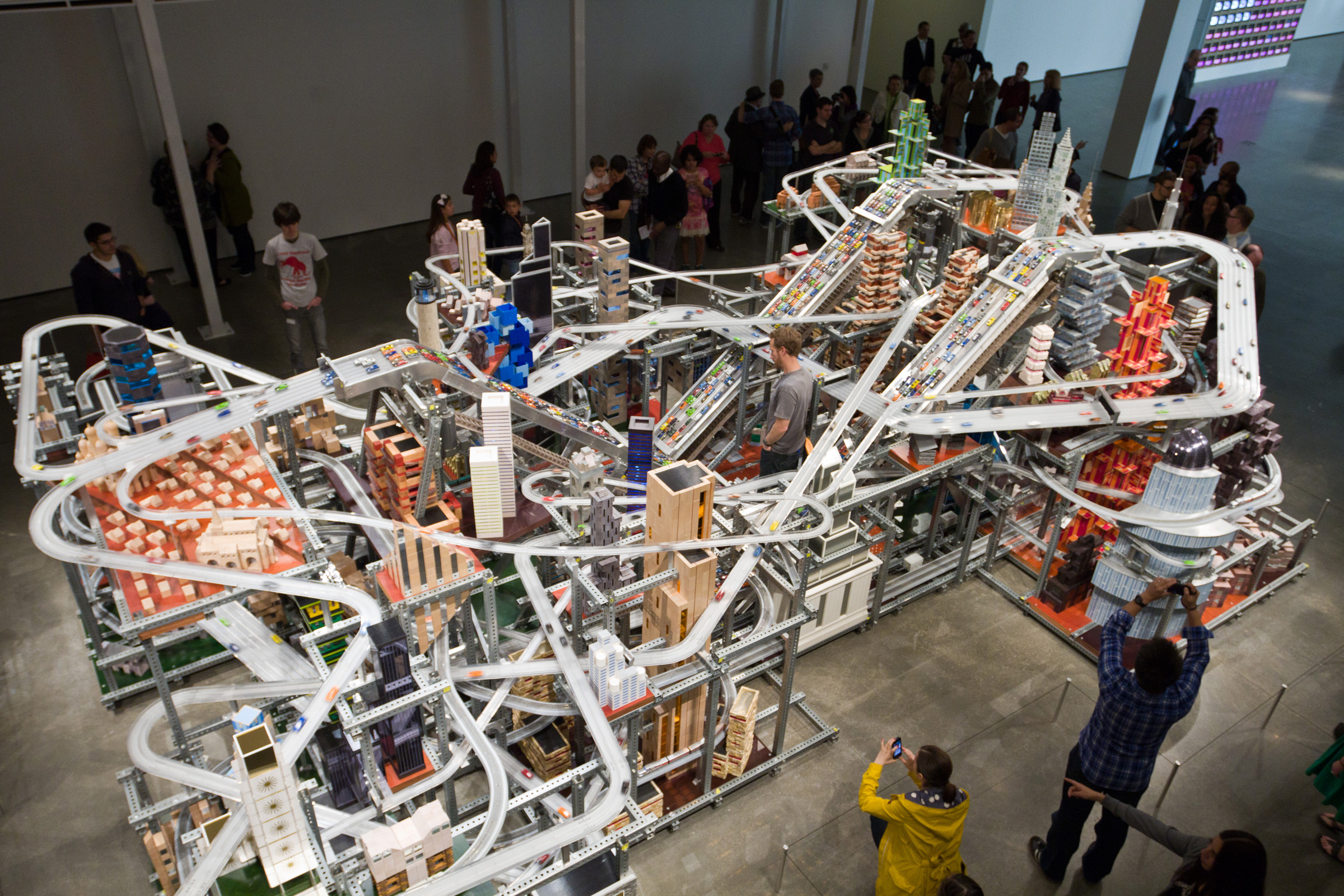
So I thought it would be nice to give you some answers to those questions about the miniature cars of Metropolis II and what happens from the moment a car is removed from the sculpture by a technician to the moment it gets put back on.
At any given time, there are 1,100 cars on the sculpture. Each car loops through the network of roadways over 30,000 times in its life. Not to mention, they are traveling as fast as your car going 240 miles per hour! A single car will be active on the sculpture for over 500 hours and travel about 5,300 miles before it is permanently “retired.” That’s the equivalent of your family’s real (much larger) car lasting about 300,000 miles! Not bad for a little art car!
To keep the cars running on the sculpture for that long, the Metropolis II team keeps a close eye on them while the sculpture is running. One of the things we do inside the sculpture is look to make sure that the cars are not going too fast, not causing traffic jams, and that they are staying on the track.
Every once in a while there’s a situation in which a car might be “thrown” off the sculpture when it comes out of the track. (I say thrown because it looks quite dramatic when the cars are traveling as fast as they are!) Other times, the car just tumbles out and I can lean over and pick it up.
One reason a car may fall off the sculpture is because one of its wheels has become loose. Remember, the Metropolis II car is moving the entire time the sculpture is on. It is being drawn up 10 feet of conveyor ramp by the magnet in its chassis. It is then released at the top and allowed to move freely through 75 feet of track back to the bottom. It has a brief wait in line at the base of the ramp before it is bumped by the car behind it and pulled up to the top again. Just like your car needs a trip to the tire shop every 5,000 miles, so too do the Metropolis II cars.
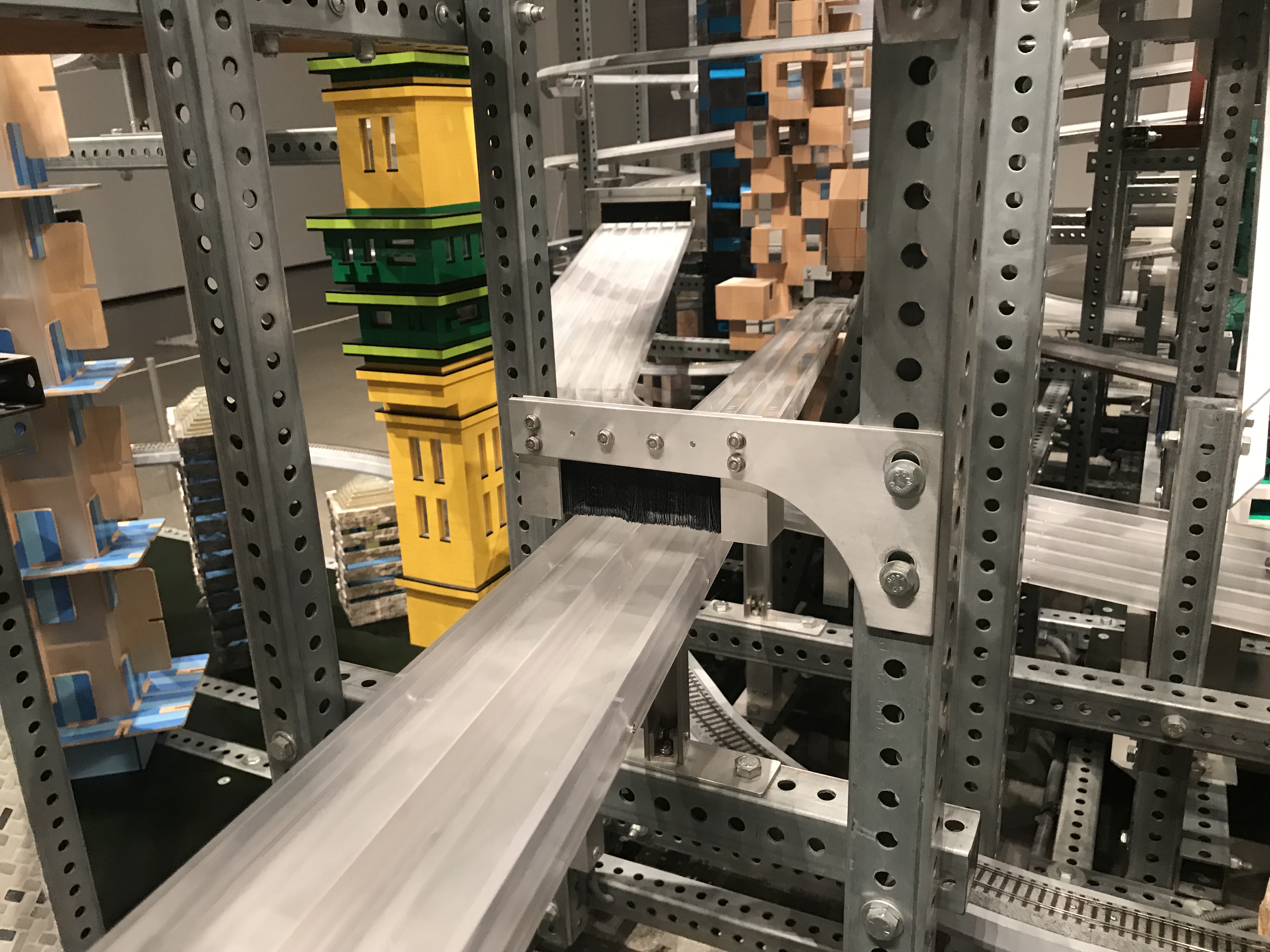
The cars can also roll completely upside down leaving the wheels facing up. This upside down position can be the cause of a traffic jam. You may have noticed black brushes installed over the car track in some places. Even though they look like they are giving the car a wash, they're actually providing a little bit of friction to slow the speed of the car as it passes underneath. If a car is already traveling too fast and flips over before it comes to a brush, it may end up causing a traffic jam instead.
If a car falls off or is otherwise unable to run properly on the sculpture, I will remove the car and put it in the pocket of my lab coat.
The first thing I do after I remove a car from circulation is make notes. Why was it removed? What type of car is it? How old is it? What lane was it in? Ideally, I do this while I’m still inside the sculpture and as close to the time I pulled the car as possible. With so many moving parts to pay attention to simultaneously, I rely on my notes to remember the details of every incident.
During the breaks, I enter the information I gathered while running the artwork into a larger database. Answering all of the questions can help Metropolis II technicians troubleshoot the incident. Was it the car that was faulty? Perhaps it was the car behind it that was the culprit! Maybe the car track is getting a little worn out and needs to be inspected. The more information the other technicians and I can provide, the easier it is for us to know where an adjustment can be made. With the accumulation of information we can start to see patterns in the performance of the sculpture. Sometimes it is the car that can be repaired and other times it is a specific section of the car track that needs attention.
There are countless calibrations that need to be made on a regular basis to keep everything running smoothly. Every Wednesday, when LACMA is closed, the Metropolis II conservation team has a busy day ensuring the sculpture will be ready for public viewing for the week ahead.
We inspect each removed car, one at a time, to decide what repair can be made to get the car back in working order. Some of the most common repairs are straightening a bent axle or putting a new set of wheels on the car. One common misconception about the Metropolis II cars is that they are the popular children’s toy Hot Wheels. While the cars on the sculpture may have been inspired in part by toy cars, the Metropolis II cars are unique to the artwork and were designed by the artist in his studio. Chris Burden knew the cars would need to be durable to travel as far and as fast as they do through his intense kinetic sculpture, which is why he added rubber bumpers into the design.
The failure we witness most frequently is in the cars’ plastic wheels and metal axles. From the repetitive rotation on the axle, the inside of the wheel itself becomes enlarged and eventually it just slides right off. Spare parts are not available for these custom cars, so damaged parts are replaced by trading out not-so-worn parts from other used cars. The cars are repaired as many times as possible before they are retired to storage and a new car is put on the sculpture in its place. Luckily, Chris Burden predicted this would happen and prepared for it by providing the collector with a large reserve of cars.
Two tiny screws on the bottom of the car need to be removed to access the axles and wheels. Once the car is opened up and taken apart, we can perform the repair.
After we are done with the repair, the cars benefit from a thorough cleaning. We use microfiber cloths and a little elbow grease to remove dust and debris. You’d be surprised how much dust accumulates inside the body of the car from the gradual erosion of the track and wheels. Believe it or not, we also find a variety of fibers from visitors' clothes too!
After repairs and cleaning, the car goes back on the sculpture for the public to enjoy. That is, until it needs to be fixed again! That’s the life cycle of a car on Metropolis II.
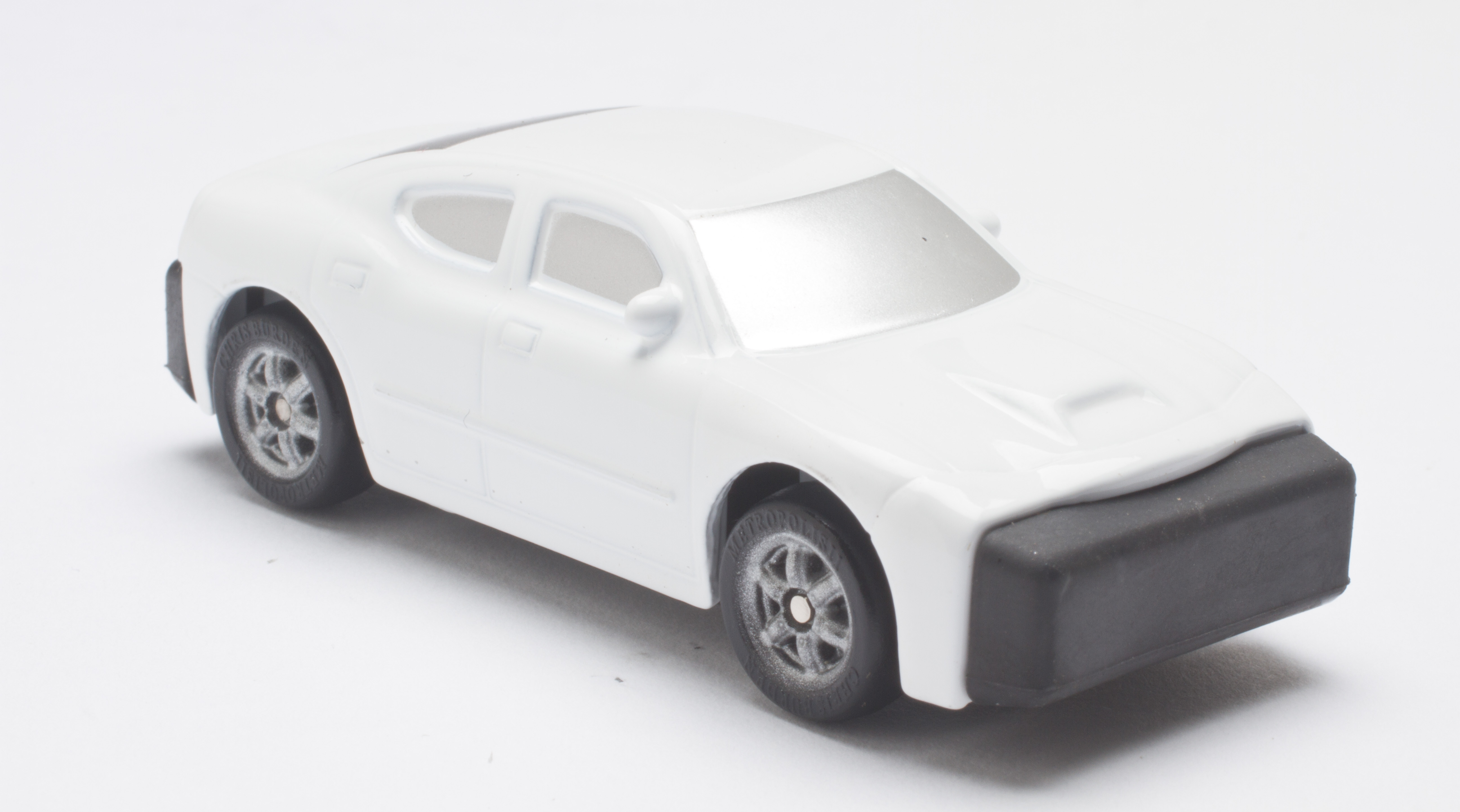
Some other common questions are if I like my job and if I have a favorite car. I love being part of the Conservation Department as a technician for Metropolis II! Sure, it is very noisy and it can be a bit chaotic, but it is by far my favorite job that I have ever had. It is an honor to be one of the people responsible for keeping one of my favorite artworks looking great and running smoothly. My favorite car is the white sedan with mirrored windows because it looks exactly like a miniature version of my car at home, but the cars with the flame design are pretty awesome too.
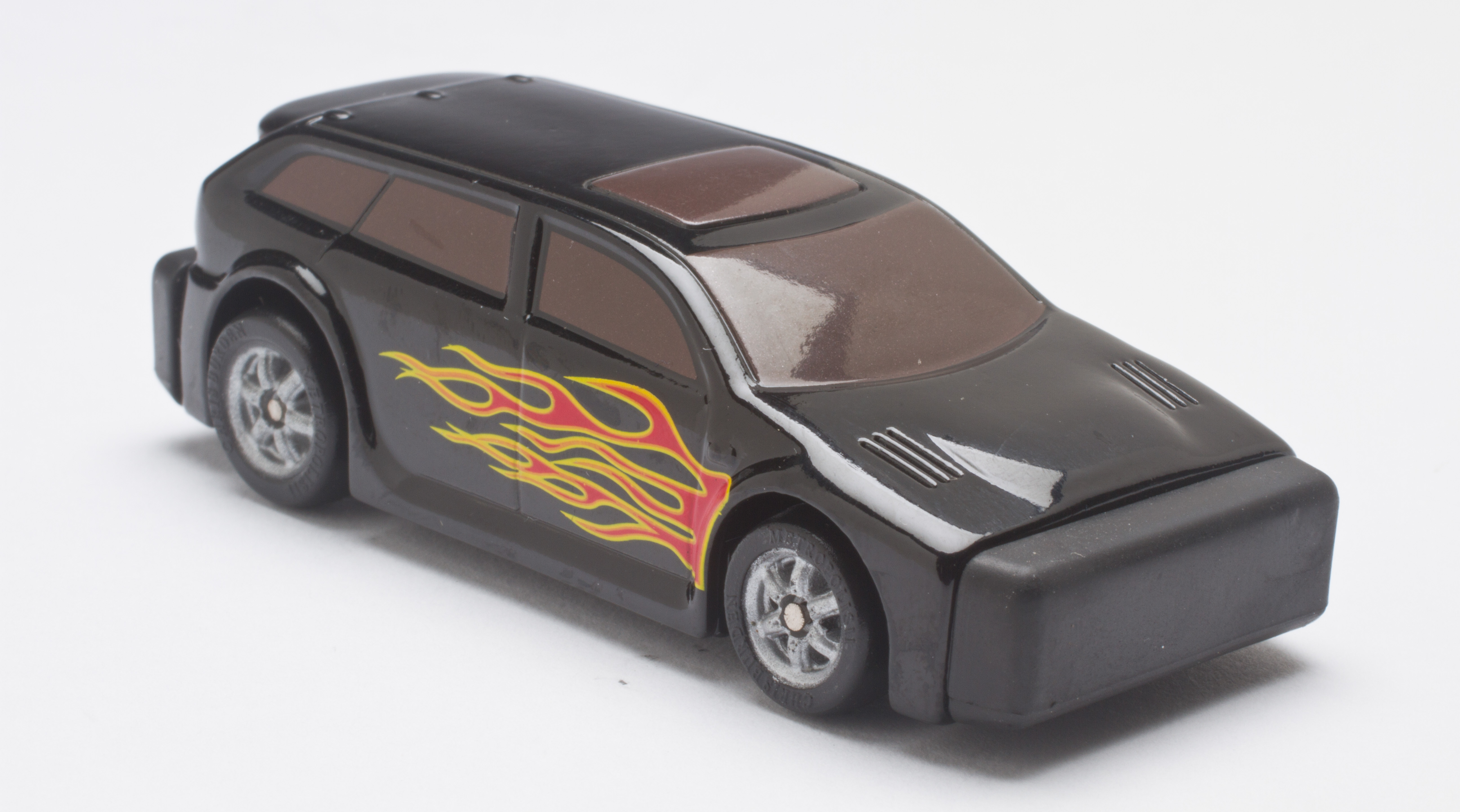
Watch the Metropolis II conservation team in action.



